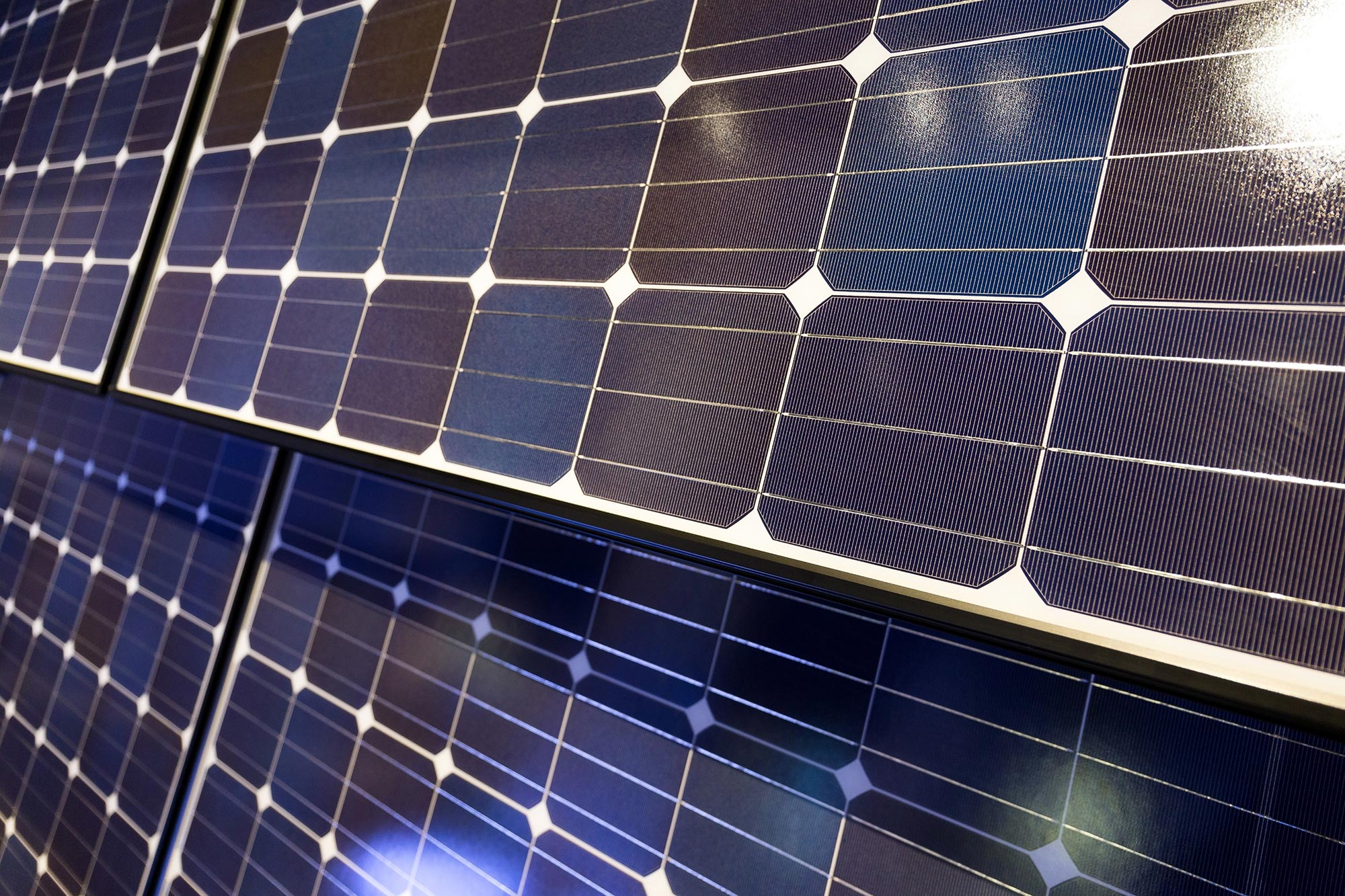

Curtin University researchers found that optimizing the shape of zinc sulfide nanocrystals can improve molecule adhesion, leading to advancements in devices like LEDs, solar panels, and medical diagnostics.
New Curtin-led research has uncovered a method to enhance the adhesion of molecules to the surface of tiny nanocrystals, a breakthrough that could lead to advancements in everyday technologies, from brighter TV screens and improved medical diagnostics to more efficient solar panels.
Lead author Associate Professor Guohua Jia from Curtin’s School of Molecular and Life Sciences, said the study investigated how the shape of zinc sulfide nanocrystals affected how well molecules, known as ligands, stick to their surface.
“Ligands, play an important role in controlling the behavior and performance of zinc sulfide nanocrystals in various important technologies,” Associate Professor Jia said.
“In a discovery that could open new possibilities for developing smarter, more advanced devices, our study found flatter, more even particles called nanoplatelets allow more ligands to attach tightly, compared to other shapes like nanodots and nanorods.
The study found flatter, more even particles called nanoplatelets allow more molecules to attach tightly, compared to other shapes like nanodots and nanorods. Credit: Dr. Han Xiao, Dr. Minyi Zhang and Professor Chunsen Li from Fujian Institute of Research on the Structure of Matter, Chinese Academy of Sciences, P.R. China
Enhancing Device Efficiency Through Shape Control
“By adjusting the shape of these particles, we were able to control how they interacted with their surroundings and make them more efficient in various applications.
“From brighter LED lights and screens to more efficient solar panels and more detailed medical imaging, the ability to control particle shapes could revolutionize product efficiency and performance.”
Associate Professor Jia said the discovery could enhance the performance of devices known as optoelectronics, which either produce light or use light to perform their functions.
“Optoelectronics are important in many modern technologies, including telecommunications, medical devices, and energy production,” Associate Professor Jia said.
“The ability to efficiently manipulate light and electricity is central to the advancement of faster, more efficient, and more compact electronic systems.
“This includes LEDs, which convert electricity into light and are used in everything from light bulbs to TV screens as well as solar cells that convert light into electrical energy, powering devices using sunlight.
“Other devices that could be advanced by this discovery include photodetectors that sense light and convert it into an electrical signal, such as in cameras and sensors, plus laser diodes used in fibre-optic communication that convert electrical signals into light for data transmission.”
Reference: “Deciphering Surface Ligand Density of Colloidal Semiconductor Nanocrystals: Shape Matters” by Wei Chen, Han Xiao, Minyi Zhang, Cuifang Wang, Jiayi Chen, Rundong Mao, Linwei Jiang, Hsien-Yi Hsu, Mark A. Buntine, Zongping Shao, Xuyong Yang, Chunsen Li, Andrey L. Rogach and Guohua Jia, 13 October 2024, Journal of the American Chemical Society.
DOI: 10.1021/jacs.4c09592